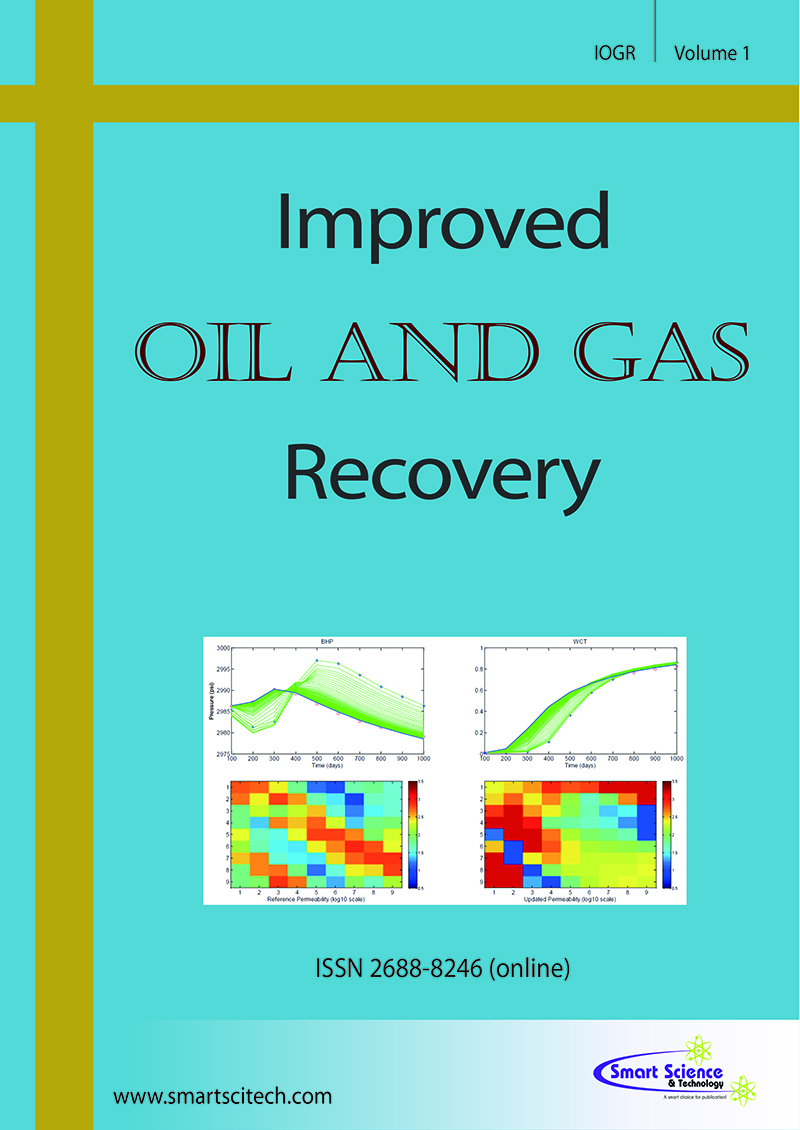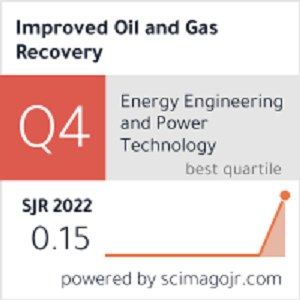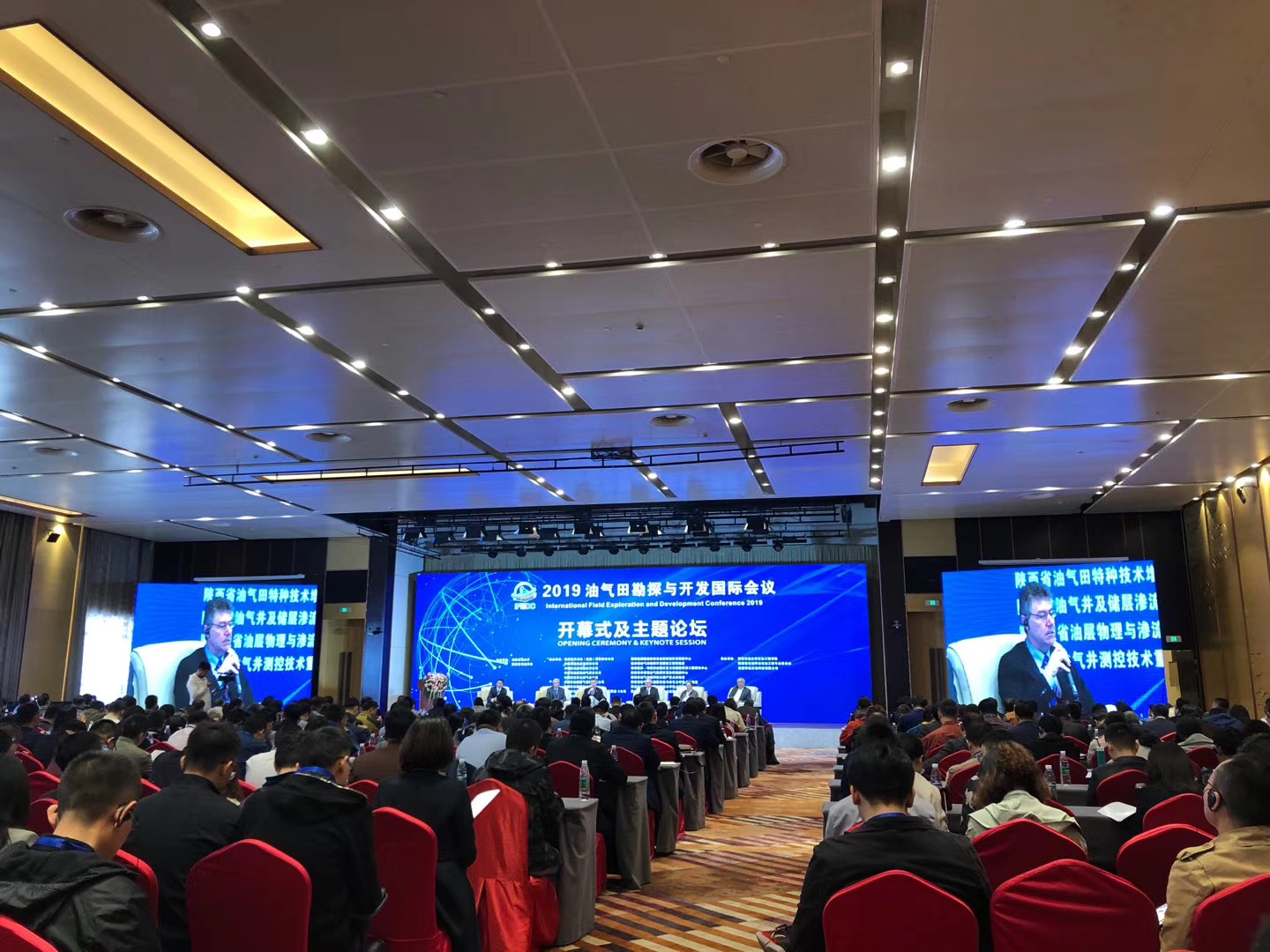Dynamic Study on the Fracture Interaction and the Predominant Frequency of the Induced Microseismic Signals During Hydraulic Fracturing
DOI: 10.14800/IOGR.428
Abstract
Hydraulic fracturing has been used as a successful well stimulation method for decades. The created hydraulic fractures interact with the pre-existing fractures in a naturally fractured reservoir. Microseismicity is induced during the treatments. Microseismic monitoring has been a routine service to determine the geometry of the hydraulic fractures for over a decade. However, studies on the source mechanisms, the signal characteristics and predominant frequencies are still very limited, and many related problems remain ambiguous. Most of the current hydraulic fracturing models are based on a quasi-static framework. However, activation of the natural fractures and microseismicity generation and radiation during hydraulic fracturing are dynamic processes.
We apply our in-house dynamic finite element geomechanics code to investigate these problems. First, the slip distributions and the ruptures along the activated natural fractures in the models with different cohesion are studied. We find that some activated natural fractures could have a partial failure while some others could fail entirely. The ruptures could be either unilateral or bilateral and the speeds may vary. The natural fractures and the hydraulic fracture can interact with each other. Different patterns of microseismic signal could be induced by different sources Second, the effects of model parameters such as injection rate and Young’s modulus on the predominant frequency of the microseismic signals are investigated. We find that injection rate doesn’t affect the predominant frequencies much and a higher Young’s modulus could shift the predominant frequencies to the high side. Rupture patterns (i.e., directionality and speed) along the natural fractures could affect the spectrum of the induced microseismic signals. The spectrum could either have multiple predominant frequencies or be relatively flat over the investigated frequency range.
DOI: 10.14800/iogr.428
Downloads
Published
How to Cite
Issue
Section
License
Copyright (c) 2018 Zhenhua He, Benchun Duan

This work is licensed under a Creative Commons Attribution 4.0 International License.












